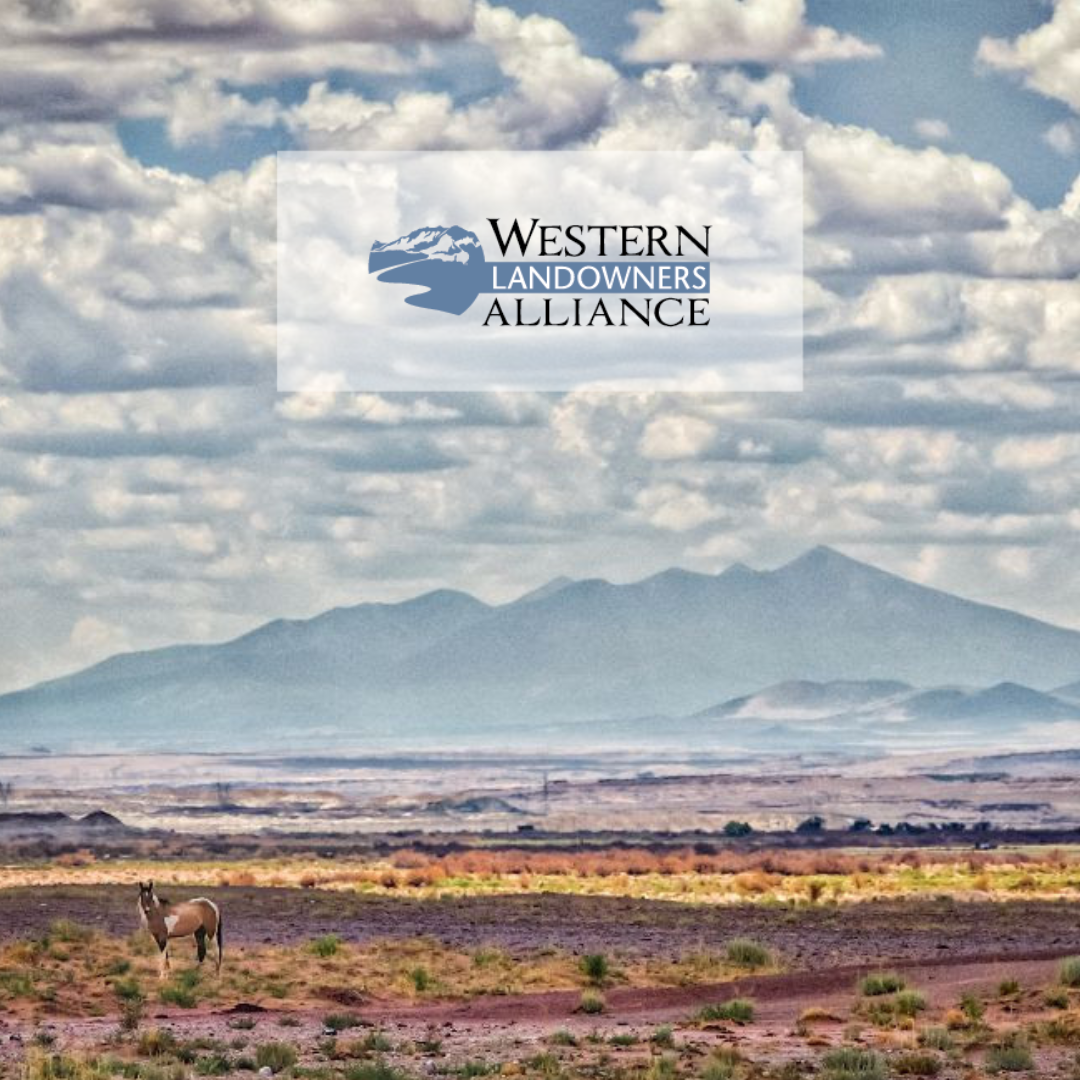Southwestern Willow Flycatcher
USFWS identifies habitat for Southwestern Willow Flycatcher
Service Identifies Important Habitat for Recovery of Southwestern Willow Flycatcher
For Release: January 2, 2013
Contacts: Tom Buckley 505-248-6455, Tom_Buckley@fws.gov
Jeff Humphrey 602-242-0210 ext. 222, Jeff_Humphrey@fws.gov
Steve Spangle 602-242-0210 ext. 244, Steve_Spangle@fws.gov
As part of its ongoing efforts to conserve our nation’s most imperiled species, the U.S. Fish and Wildlife Service (Service) has identified riparian lands that are important for the recovery of the southwestern willow flycatcher. This small songbird, which nests in vegetation along rivers and streams or other wetlands, is known to occur only in Arizona, California, Colorado, Nevada, New Mexico, Texas and Utah, and has been listed as endangered since 1995 under the Endangered Species Act (ESA).
“Ongoing conservation efforts by the Service and its many partners have helped curtail the decline of the southwestern willow flycatcher and reduce the threat of extinction,” said Benjamin Tuggle, the Service’s Southwest Regional Director. “Identifying and protecting important habitat will help guarantee the survival and eventual recovery of this emblem of our fragile southwestern riparian ecosystems.”
The Service’s recovery plan for the flycatcher, updated in 2002 with a broad participation of partners, recommends establishing a network of stable flycatcher populations throughout the bird’s range.
Applying these recovery objectives, and using the best available science, the Service has revised its 2005 designation of critical habitat for the flycatcher, identifying 1,227 stream miles within the 100-year floodplain of waters in California, Arizona, Nevada, Utah, Colorado, and New Mexico encompassing a total area of approximately 208,973 acres
The Service used the flycatcher’s 2002 recovery plan and 10 years of additional science to revise the critical habitat designation so it provides federal agencies with the information needed to contribute to the bird’s recovery.
Another 948 stream miles initially proposed as critical habitat were excluded, exempted, or otherwise removed from the final revised designation in response to public comments, peer review and full consideration of existing habitat protections provided by Habitat Conservation Plans, various conservation plans, Department of Defense commitments and tribal partnerships.
A critical habitat designation does not affect land ownership or establish a refuge or preserve, and in general has no impact on private landowners taking actions on their land that do not require federal funding or permits. The new designation becomes effective on February 4, 2013.
The southwestern willow flycatcher migrates from its southwestern breeding grounds to winter in Central and northern South America. Its annual spring return to the U.S. coincides with the hatching of riparian woodland insects. This and other insectivorous birds consume huge numbers of these insects, including mass quantities of mosquitoes, whose numbers could otherwise grow out of control. By conserving threatened and endangered species and protecting their wild places, we also help ensure the benefits they give us — not just natural beauty but also healthy air, land and water.
The revised rule, revision, maps, economic analysis, and environmental assessment and other information about the southwestern willow flycatcher are available at http://www.fws.gov/southwest/es/arizona/ orhttp://www.regulations.gov [Docket number FWS–R2-ES-2011-0053], or by contacting the Service’s Arizona Ecological Service Office at 602-242-0210.
The Endangered Species Act provides an important safety net for America’s native fish, wildlife, and plants. This landmark conservation law has prevented the extinction of hundreds of imperiled species across the nation and promoted the recovery of many others. The Service is working to actively engage conservation partners and the public in the search for improved and innovative ways to conserve and recover imperiled species. To learn more about the Endangered Species Program, visit http://www.fws.gov/endangered/.
The mission of the U.S. Fish and Wildlife Service is working with others to conserve, protect, and enhance fish, wildlife, plants, and their habitats for the continuing benefit of the American people. We are both a leader and trusted partner in fish and wildlife conservation, known for our scientific excellence, stewardship of lands and natural resources, dedicated professionals, and commitment to public service. For more information on our work and the people who make it happen, visit www.fws.gov. Connect with our Facebook page at www.facebook.com/usfws, follow our tweets at www.twitter.com/usfwshq, watch our YouTube Channel at http://www.youtube.com/usfws and download photos from our Flickr page at http://www.flickr.com/photos/usfwshq.
http://www.fws.gov/southwest/es/arizona/
Join WLA to stay up to date on the most important news and policy for land stewards.
Become a member for free today and we will send you the news and policy developments critical to the economic and ecological health of working lands.
WLA works on behalf of landowners and practitioners throughout the West. We will never share your contact information with anyone.
©2025 Western Landowners Alliance • PO BOX 27798, Denver, CO 80227 • 505.466.1495
Western Landowners Alliance is a 501 (c)(3) non-profit recognized by the IRS.
Tax ID: 46-1346488
